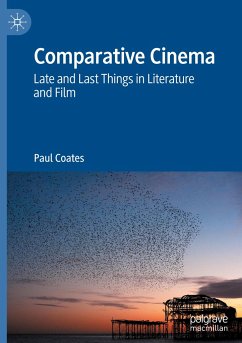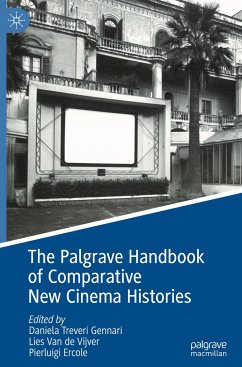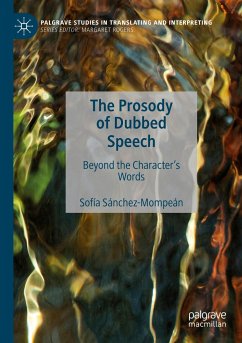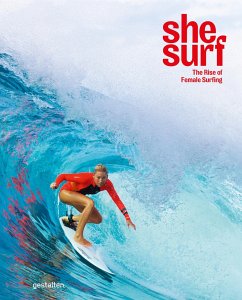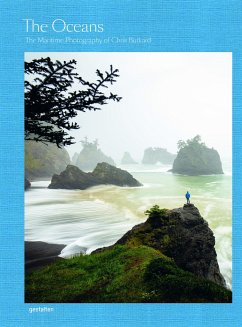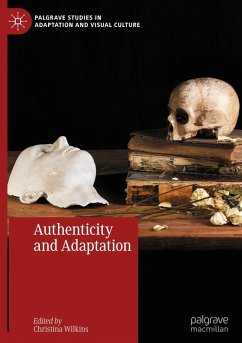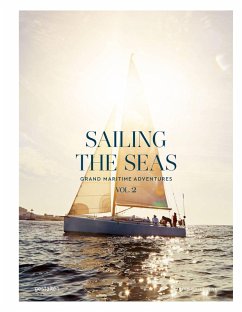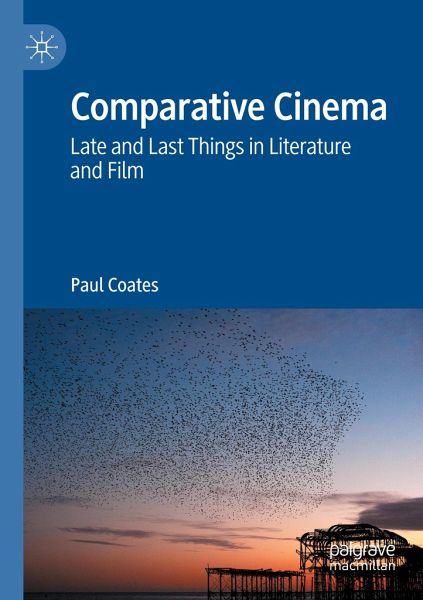
Comparative Cinema
Late and Last Things in Literature and Film
Versandkostenfrei!
Versandfertig in 6-10 Tagen
53,99 €
inkl. MwSt.
Weitere Ausgaben:

PAYBACK Punkte
27 °P sammeln!
This book comprises what may be called exercises in 'comparative cinema'. Its focus on endings, near-endings and 'late style' is connected with the author's argument that comparative criticism itself may constitute an endgame of criticism, arising at the moment at which societies or individuals relinquish primary adherence to one tradition or medium. The comparisons embrace different works and artistic media and primarily concern works of literature and film, though they also consider issues raised by the interrelationship of language and moving and still images, as well as inter- and intra-te...
This book comprises what may be called exercises in 'comparative cinema'. Its focus on endings, near-endings and 'late style' is connected with the author's argument that comparative criticism itself may constitute an endgame of criticism, arising at the moment at which societies or individuals relinquish primary adherence to one tradition or medium. The comparisons embrace different works and artistic media and primarily concern works of literature and film, though they also consider issues raised by the interrelationship of language and moving and still images, as well as inter- and intra-textuality. The works probed most fully are ones by Theo Angelopoulos, Ingmar Bergman, Harun Farocki, Theodor Fontane, Henry James, Krzysztof Kieslowski, Chang-dong Lee, Roman Polanski, Thomas Pynchon, and Paul Schrader, while the key recurrent motifs are those of dusk, the horizon, the labyrinth, and the ruin.





